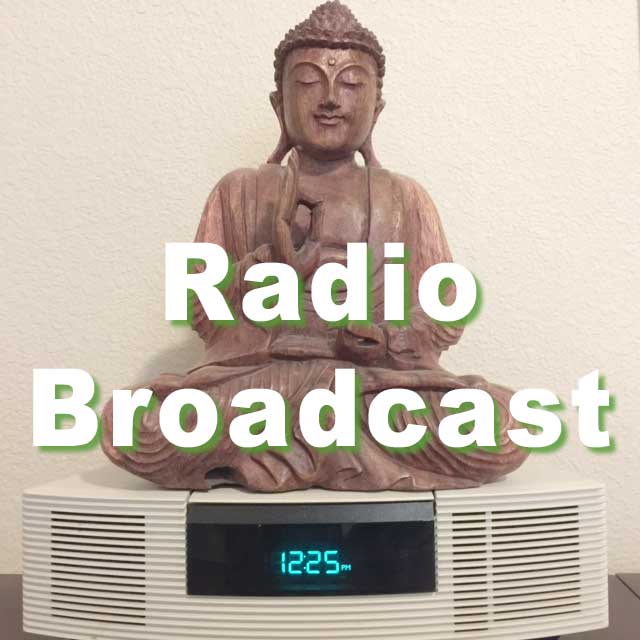Regina Dawn Akers guides a group of committed students who would like to make consistent, gentle progress toward genuine peace, joy and love.
The reading tonight was In the World But Not of It by Gina Lake, pgs 3-11 (Stop at “Thoughts that Uphold the False Self
Homework for the upcoming week:
Homework Assignment A: Workbook lessons 222-228. Practice daily awareness-watching-awareness, Loving Consciousness or Abandon Release Method meditation for 20-40 minutes each day. Practice the “Loving All” Method.
Homework Assignment B: Watch the following videos, which you will find in the Gentle Healing YouTube Playlist:



